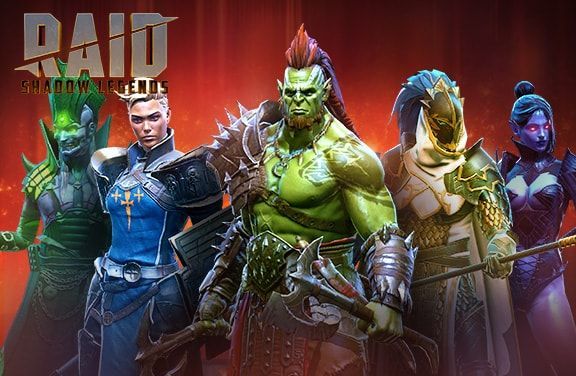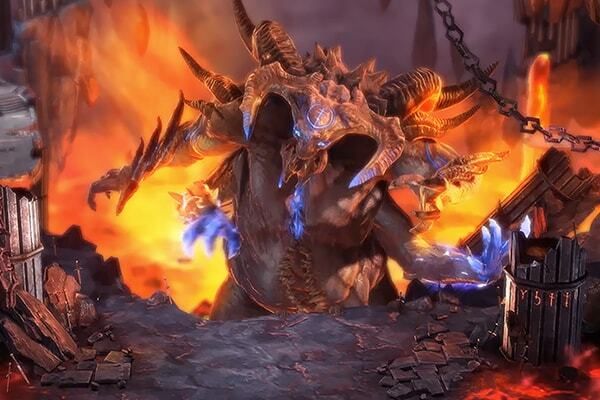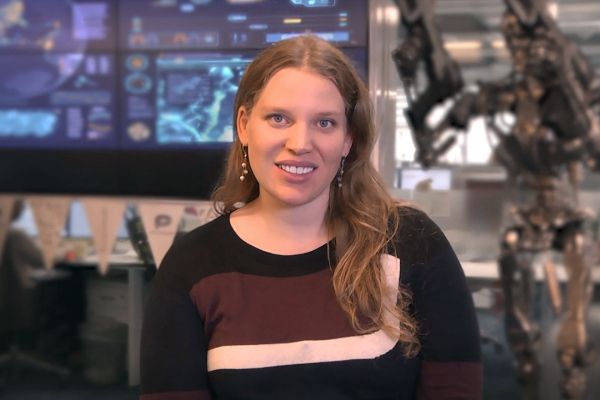How to make it to Facebook’s top games: Plarium’s story
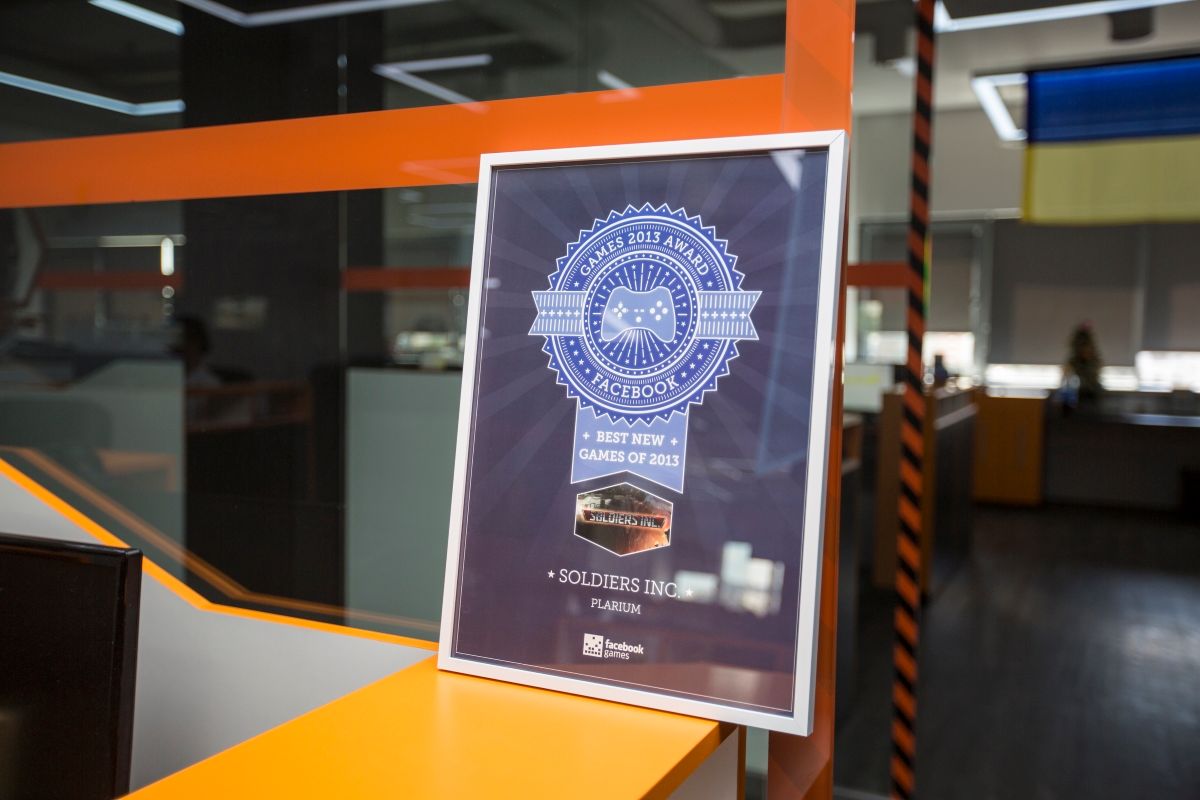
The last five years were quite interesting for the gaming industry. In some ways this era can be compared to the 1970-80s – the golden age of video games. The triumphant march of social networks across the planet, as well as the rapid development of mobile devices, marked the opening of new, previously unexplored areas for game developers. In addition to their unique features in terms of game design, new platforms have created huge new revenue sources for talented and ambitious developers.
Now, the “Wild West” era on the frontier of social games is gradually fading away. From an era of rough-and-ready experimentation and unpredictability, trends emerge and analysts begin to dissect exactly what factors make the best mobile and social games.
Plarium started creating video games five years ago and has been at the vanguard of this transformative period. As of today, we have studios in Kharkiv, Kiev, Lviv, Nikolaev, Simferopol, and the company’s HQ is located in Tel Aviv. The audience of Plarium projects includes over 120 million people, and if you are a regular Internet user, there is a good chance that you are familiar with Total Domination or our other projects. In 2013, Plarium’s Soldiers Inc. was listed as Facebook’s best game of the year. In this article, we’ll share some of our secrets for success in the brave new world of connected gaming.
Genre and setting selection
Game genre and setting should aim for the head and heart of the player – and that is the correct order. The game’s genre defines its mechanics, and it’s impossible to create a successful project without entirely addictive mechanics, even if other aspects are minimal—consider Flappy Bird! Setting determines the visual style of the project, helps the players reveal their inner heroes and complements the game mechanics with details crucial for the success of the final game. We believe that one should always observe the following order: genre first, setting second.
When we started working on Soldiers Inc., our choice of genre was obvious: we specialize in military and economic strategy games and know quite well what gaming solutions our target audience prefers. Of course, you can experiment in a completely different genre, and even succeed in it, but there are plenty of striking examples (Paradox Interactive is a good one) showing how sometimes such experiments might fail. This is a key moment at the initial stages of development: choose only a genre and setting you are confident you can excel at.
As for setting, the situation was more complicated: at that moment we had already released three strategy games (Total Domination, Pirates: Tides of Fortune, and Stormfall: Age of War) which featured post-apocalyptic, piratic, and dark fantasy settings, respectively. To determine the setting for Soldiers Inc., we used several methods — none of would have been sufficient by itself. The only right decision was to apply them in different combinations and proportions.
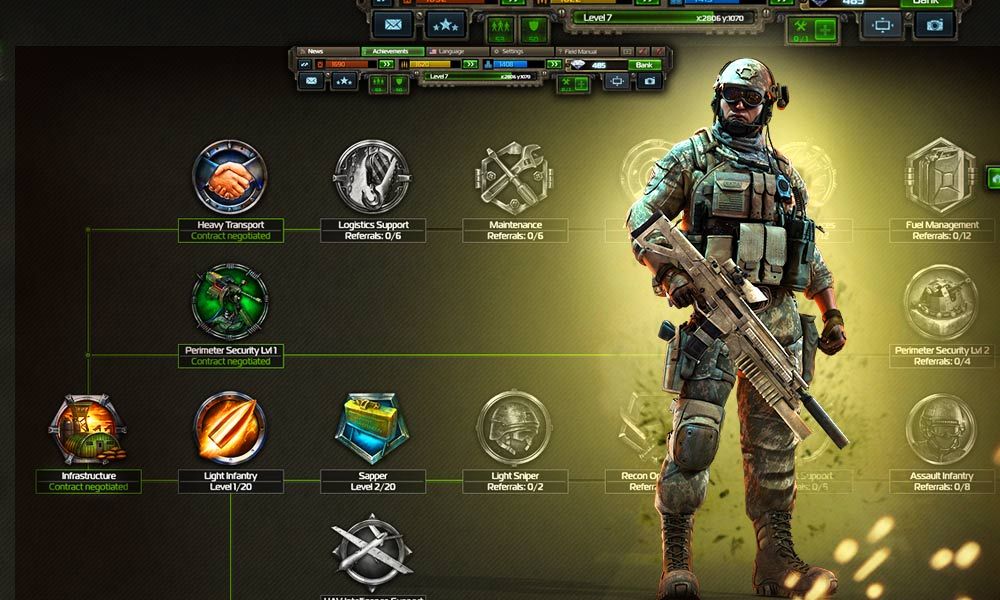
Method one is market research. To understand your players and your games, you have to play the games yourself (shocker!) as well as share the interests of your users. We spend a lot of time meticulously studying trending projects to better understand what we’re up against and identify the trending game topics and decide on game design.
At the development stage of Soldiers Inc., modern warfare themed games were highly popular. Battlefield 3 had been released and had proved so popular that Battlefield 4 came out quickly thereafter, and another Call of Duty game was setting sales records. This can only be explained by the fact that there had been no popular military strategy games in such a setting since Tom Clancy’s Endwar.
On having studied a large number of films and books on the modern military, we determined that we could create a truly interesting and deep project that would also be visually rich and close to our audience.
Method two: market analysis. Of course, if you are a Jenova Chen or an Edmund McMillen, you do not need to make sacrifices to the gods of Analytics, but the rest of us need to rely on actual figures to show us what players are interested in. The thing is that social networks have provided powerful utilities to collect information about a target audience. Therefore, all analytical data should be obtained before the start of major work on the project. For example, the determining factor when selecting a setting for Soldiers Inc. was the fact that users had been much more active clicking on modern warfare themed banners, rather than pirate-themed or futuristic images.
If you are a small company with a meager budget, it will be really hard to afford investing in intelligent analytics. In this case you will have to use other methods and hope for success. Back in the day, this is exactly how we launched our first strategy blockbuster – Total Domination.
Method three: Stanislavskian analysis. This method involves the reconstruction of the interests of the player based on prototyping a representative of your target audience. More details about this so-called “interaction design” can be read in the book “The Inmates Are Running the Asylum” by Alan Cooper. The essence of this method is as follows: you recreate the image of your target user in vivid detail, considering their favorite TV shows, clothing brands, the nature of their relationships with people and other facts. Any target audience can usually be reduced to two or three prototypical avatars. Then you start looking at the product with through eyes of these people and try to figure out what they would like or dislike in the selected setting.
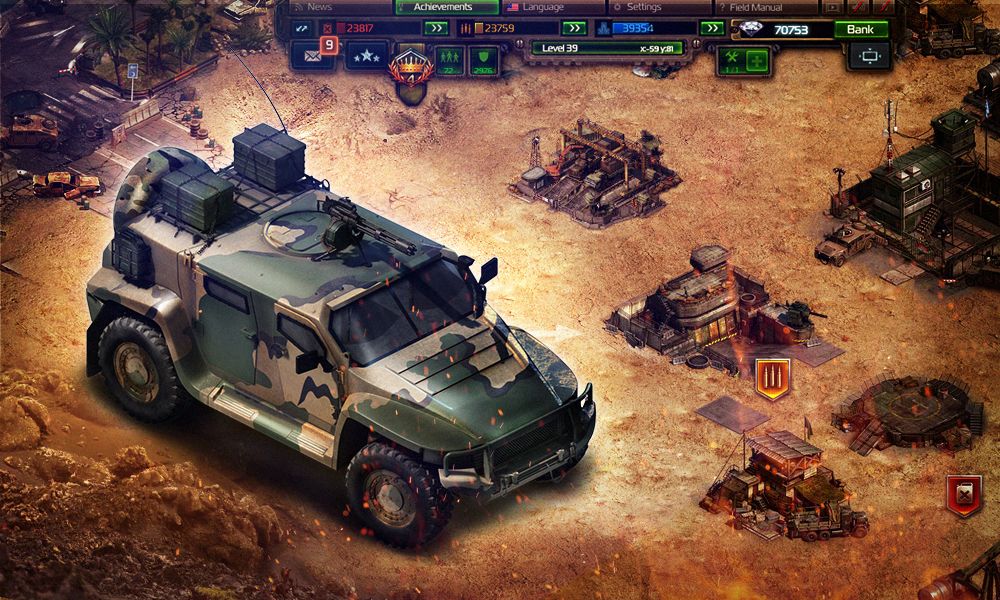
Using this method in the development of Soldiers Inc., we were able to narrow down the modern warfare setting to a specific topic – war between private military corporations (PMCs).
Development
Working with genre
In fact, working with the genre is largely equivalent to working with the gameplay. Its framework, platform capabilities and project deadlines determine the game image in the eyes of users.
You need to create a clear and robust mathematical model of the game and relentlessly pare the game to fit that concept at all stages of its development. The greatest strength—and at the same time, a challenge—of MMO games is their continuous development. On the one hand, you can constantly tweak your game towards perfection after its release. On the other hand, your competitors have already been on the market for some time and have been providing players with more features. The more features you give to your players from the start and the better you polish the project, the more likely it is that your game does not become another nameless tombstone in the cemetery of “WoW-killers” and “The next Angry Birds.”
As Soldiers Inc. is a social game, it was clear that from the very beginning we had to add as many opportunities for interaction between players as possible. We started the project with a solid set of social features: Combines and a system for their development, global events, wars for territories, gifts for friends and complex diplomacy. The list was rigorous, and somehow we managed to hit all our checkmarks without making concessions in our release timetable or our employees’ mental health…much.
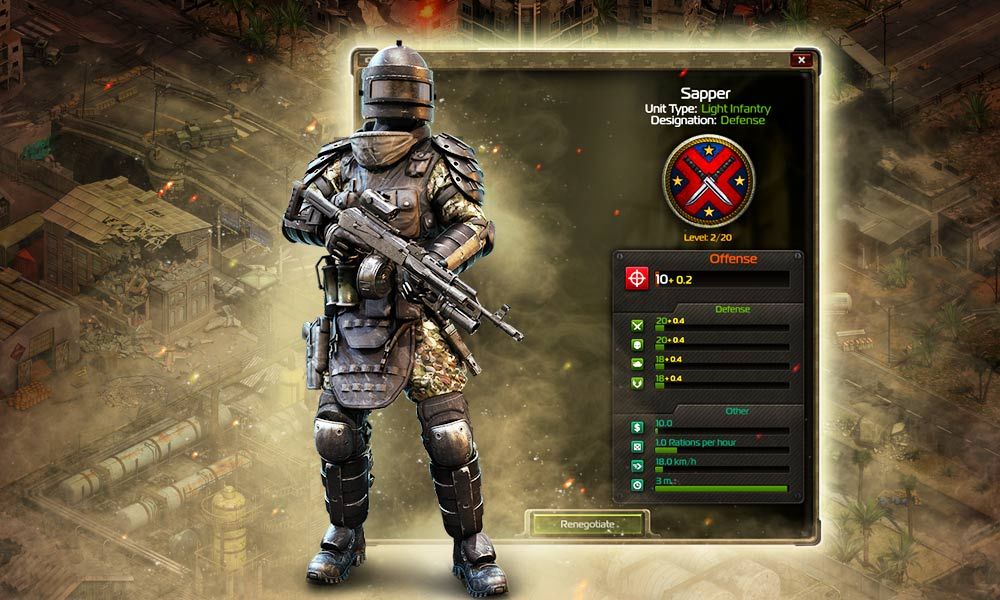
All this gives powerful impetus for the creation of a game community that will exist along with the project for many years.
Working with setting
After deciding on a storyline describing a war between PMCs in a distant fictionalized African republic, we shifted our focus to the creation of a visual reference database of armies from around the world. We focused primarily on the top countries of origin for our players. The reference database included everything: from belts and camouflage used by certain units to samples of modern weapons and military vehicles.
Gathering information takes a lot of time and effort. The research must be done with quality and attention to detail but also in a timely manner, as the market dictates your pace. When the draft textual and visual database is ready, you can move on to specific design and game texts. Everything had to be very convincing: our players include many current and former military veterans and officers. Keeping this in mind, we tried to capture the spirit of the modern warfare in every detail: from the authenticity of the game models of military equipment and supplies to the names of the buttons.
Additionally, the game texts feature quotes and allusions hailing to classics of the war genre (such as “Ride of the Valkyries” blaring in one of the training campaign missions). We worked with two military advisers. Furthermore, we held talks with weapon manufacturers to use real names of weapons and military equipment in the game, in order to give our game the highest possible verisimilitude, even for people serving in the military at this very moment. This process was not easy or cheap, but when it comes to separating truly excellent (and award-winning) games from those that are merely good, the devil is in the details.
Working on the quality
To create the soundtrack, we recruited the legendary game composer Jesper Kyd, who contributed music to such series of games as Hitman and Assassin’s Creed. Plarium became the first company in the world to invite a star of this level to compose music for social games. Also, back in the day, we were one of the first on Facebook, if not the first, to use voiceovers for tutorial and storyline campaigns in social games. In Soldiers Inc., we have continued moving in this direction: right from the start, the game “spoke” nine different languages.
Along with work on music and sound, we started searching for outsourcers to create a cinematic trailer for Soldiers Inc. It became the first Plarium game to feature its own CG trailer. Like many early experiences, particularly ones involving outsourcing, it was not too good. Learning from this experience, we have formed our own Cinematics Team, which is now consistently making top-quality game trailers.
Success depends on your attitude to the project: the better each detail is done, the higher the KPI will be. Accordingly, the development plan should factor in significant time and resources for the polishing of your product.
Working with the team
You cannot simply create a game that will make it to the top on Facebook if you are not willing to work hard and put in long days in order to achieve your goals. Plarium employees have a high level of personal motivation. Time and again this dedication has resulted in excellent products, and this inspires the team too.
In its turn, the company provides its employees with everything: we have medical and legal support, we have our own tourist office, and we offer courses in foreign languages, art, and public speaking. Groups that have performed at the Plarium Music Hall include bands such as “Krematorij” and “7B”. Invest the maximum amount of soul, thoughts and resources in the maintenance and development of the team, and you will be rewarded with some incredible results. You do not necessarily have to build a gym right in the office: we also started small. Trust me, when the team works really hard into the wee hours of the night, and the director suddenly brings some fast food, there is an effect on morale that no upper-management course can truly describe.
Result
After a brief preliminary run on VK, on July 23, 2013, we launched Soldiers Inc. on Facebook. During the first seven days, the total number of registrations reached 274,101, and within 30 days, the number of registrations reached 1,951,466.
The first thirty days were quite interesting: we tested the promo campaign, and then we fired on all cylinders. The DAU was 65,048 users.
The MAU at the end of the first month was 1,947,516 users, which is a good indicator for the fourth game in a similar genre in an already “warmed” market.
Five months after its launch, Soldiers Inc. was recognized as one of the best games on Facebook in 2013. The current audience of this project on Facebook is 478,990 MAU and 98,630 DAU.
Of course, we continue to improve the game and develop the game universe. In addition to global game updates, we have a promo website for one of the PMCs presented in the game. Our future plans include shooting a mini-series revealing the plot twists and details of future features. Constant contact with the gaming community provides us with relevant information about the direction in which we should take the project. In our opinion, it’s the secret to getting to the top: the social component of the game is how you treat the interests of people on both sides of the project development at all times.
